Reading is fundamental, that we know. It’s important as a skill because it is in every aspect of life. From reading for fun to knowing what a contract says, a person needs to know how to read. So how do you get children interested in reading, especially when videos and games are flooding the market? The answer: You start early, then continue reading with them as they grow.
I spend many Saturday nights reading to my grandsons over the internet. We get on Hangouts for about an hour, catch up on their week, then I’ll read two stories: one for the younger one, and one for the older one. The boys love Storytime with Nana!
Toddlers
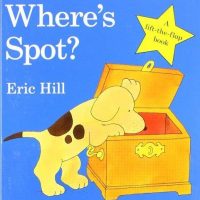
Most toddler’s first experience with books is either board books of one word with a picture or nursery rhymes. But there are so many others! The Spot series by Eric Hill is a board book with hidden flaps to make readers think ahead. Toddlers love Spot and can relate to him throughout the books.
The Little Blue Truck series by Alice Schertle and Jill McElmurry is another series of short, easy stories that toddler love! The blue truck is friends with a variety of farm animals that have some fun adventures, each reinforcing friendship.
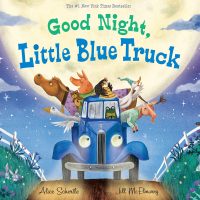
4 to 7 years
As children move up into the beginning reader stage, there is a wide variety of books available. From Dr. Suess Beginning Readers through actual school readers, children can find some fun series.
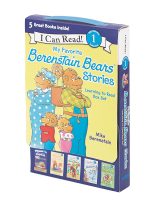
San Berenstain’s Berenstain Bears Series is still a number one best seller for this age group. Filled with fun adventures, relatable characters, and things to learn, these books go from very simple beginning readers to a more advanced level for 8- and 9-year-olds.
The How To Catch series by Andy Elkerton is also great for this age group. It’s a wonderful beginning reader/picture book combo.
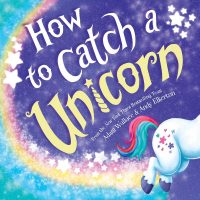
7 to 9 years
By the time children are 7 or 8 years old, they’ve entered the Chapter Book phase.* This is where they also develop what genres they like to read, but their reading skills are still developing and their attention span isn’t ready for long books. These books are great for family reading time before bed. The Magic Treehouse series by Mary Pope Osborne and The Boxcar Children by Gertrude Warner are still some of the best-selling series for children at this age. The stories are adventurous, the characters are relatable, and the plotline is set for just this age group.
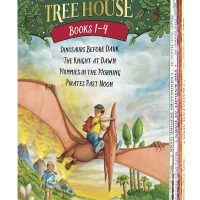
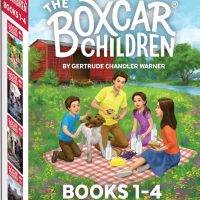
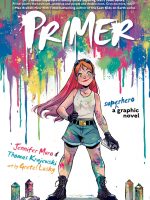
*NOTE: Have a child who doesn’t want to read? I did. He had trouble sounding out words, and didn’t like pages of lined with them. Try switching to comics and graphic novels. Books like Primer by Thomas Krazewski and Sonic the Hedgehog by Ian Flynn are perfect to grab a child’s attention, and Artemis Fowl Graphic Novel by Eoin Colfer will help the 9-10 readers improve their reading skills.
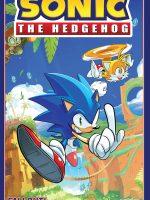
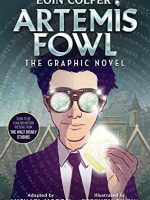
8 to 11 years
By the time children have reached the 9 to 10 age, they’re ready for some real meat in their books. Imaginations are thriving, reading skills have improved, and they are just starting to analyze what they’re reading. They’re starting to think like teenagers rather than children. This “tween” stage is important. It’s a good time to read a book with your child and discuss what is going on. Makes for great conversations. (My son wanted to read Harry Potter and the Sorcerer’s Stone. I didn’t know what it was about, so I read it with him.)
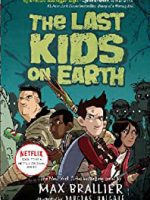
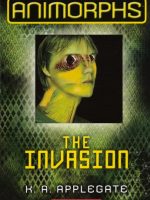
Books like The Last Kids on Earth by Max Brallier, Animorphs by K.A. Applegate (yes, it’s on the rise again), and The Diary of a 6th Grade Ninja by Marcus Emerson are chosen the top of the list by this age group, although girls might prefer Emily Windsnap series by Liz Kessler, The Secret Lake by Karen Inglis, or Pippa Park by Erin Yun. Yes, this is the age where boys and girls often like to read different themes.
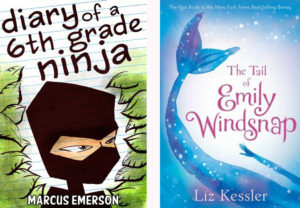
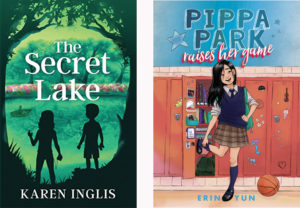
TWEENS
Between 10 and 12, youth often prefer moving into novels. These are just as entertaining, but they’re longer and deeper. Think The Magic School Bus meets Lord of the Rings. Many children, particularly boys, will stay in the shorter chapter phase, which is fine. Girls tend to lean towards novel length books faster than boys do. Genres become more defined at this stage as well. Books like Wings of Fire by Tui Sutherland, The Lost Wonderland Diaries by J. Scott Savage, and Asteria: The Discovery by Jan M. Hill are all part of this age bracket. Yes, I had to plug my own book!
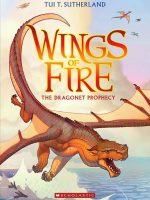
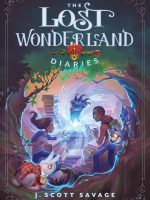
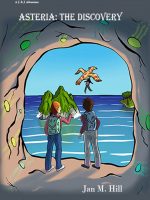
Don’t stop reading there. By the time readers hit 14, they’re ready for Young Adult and New Adult books. The books will get more interesting for you as a parent as well. At any rate, keep reading! Whether for knowledge or fun, reading is a never-dying art.
Sign up for my Newsletter to stay up to date with all thing Asteria. There’s some exciting news coming soon.


